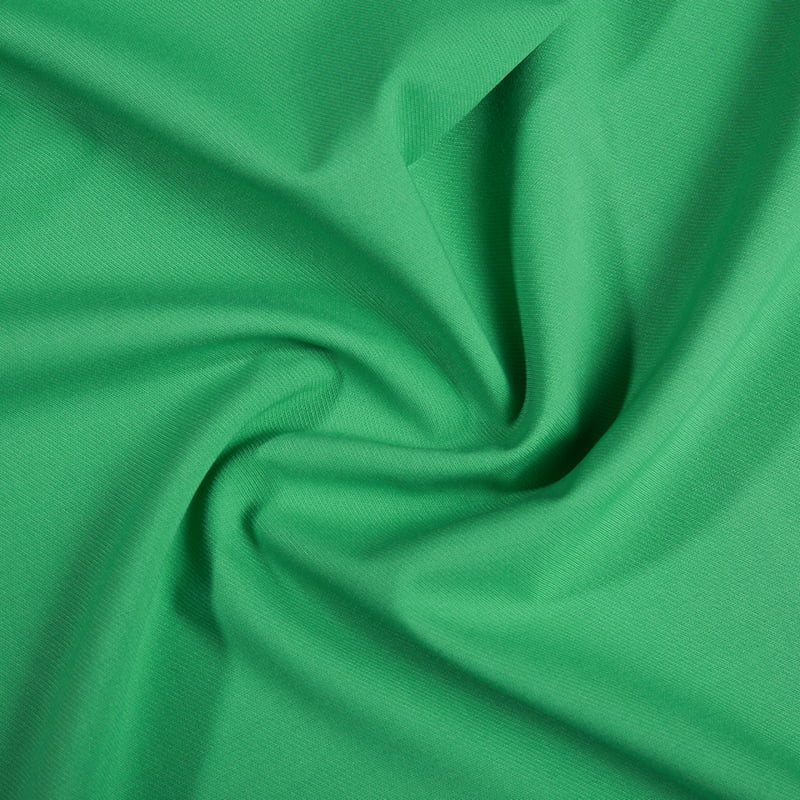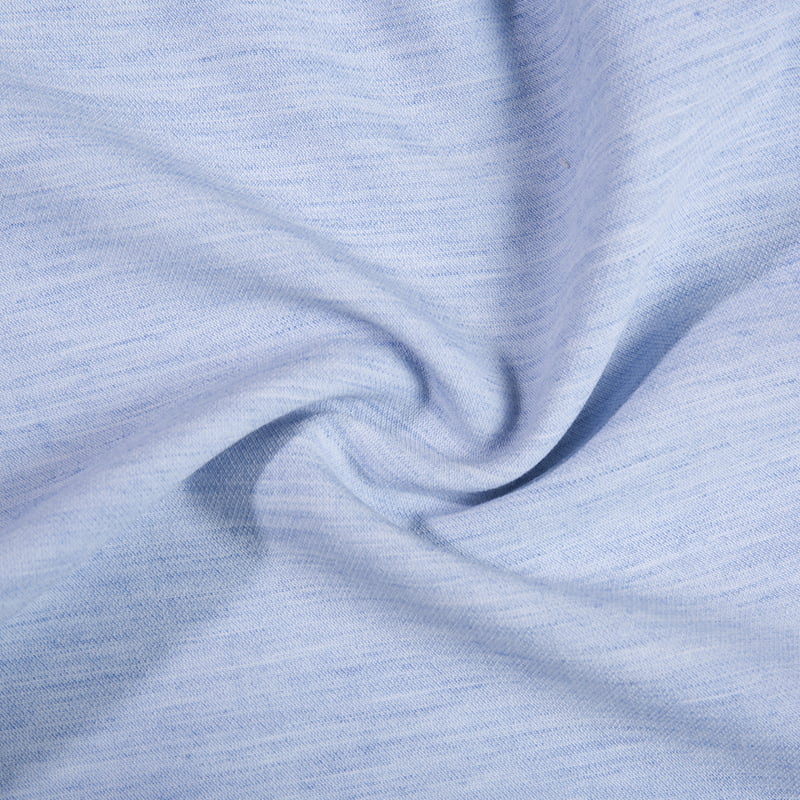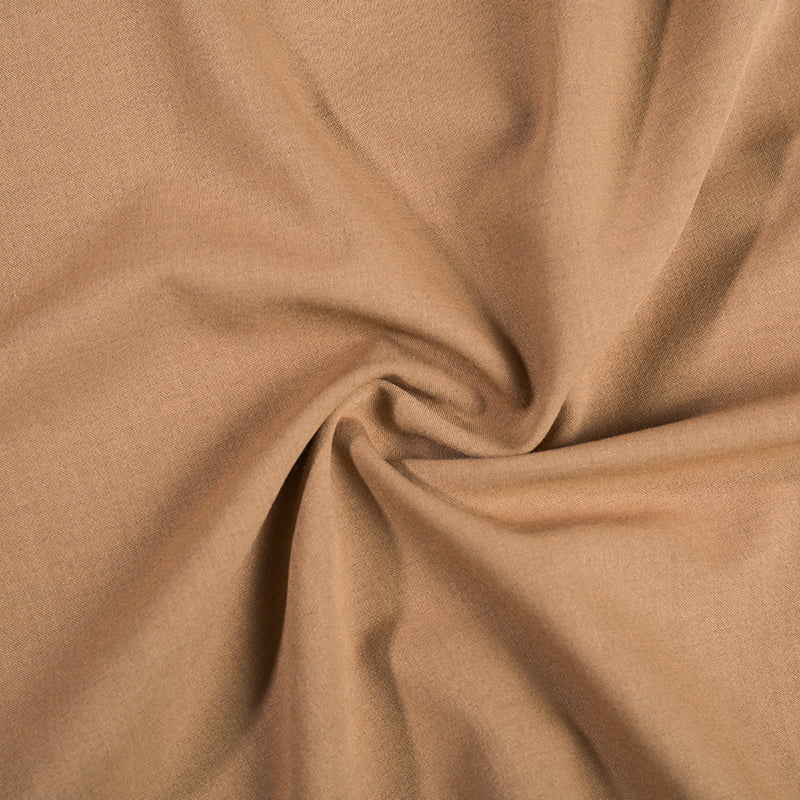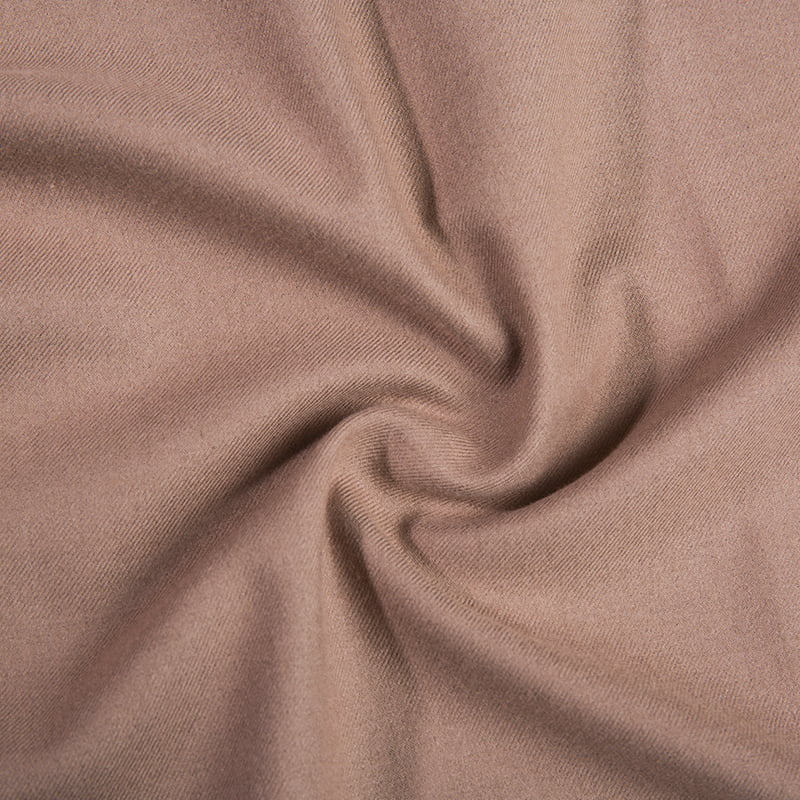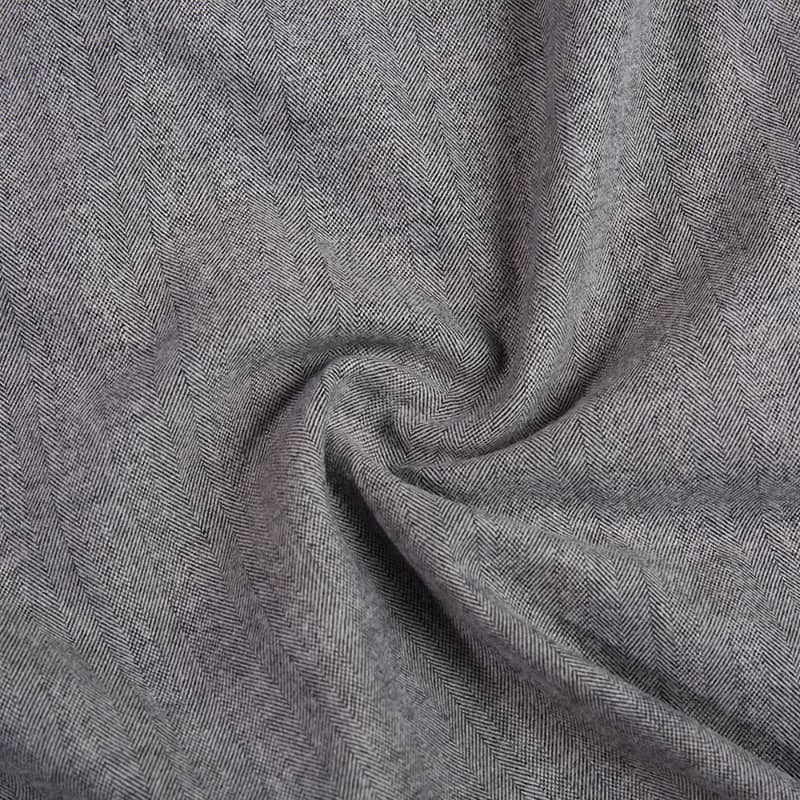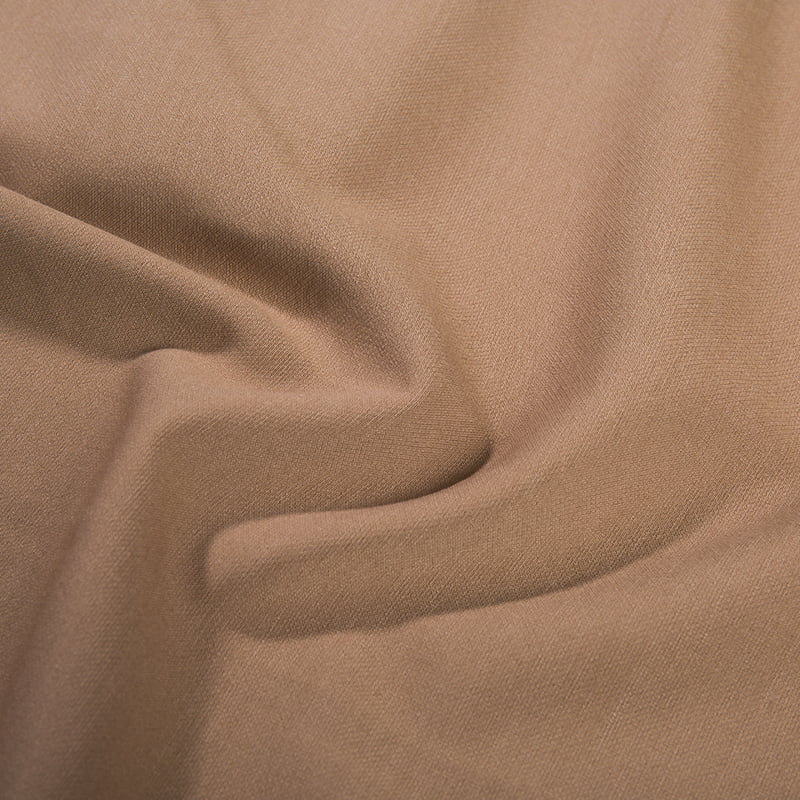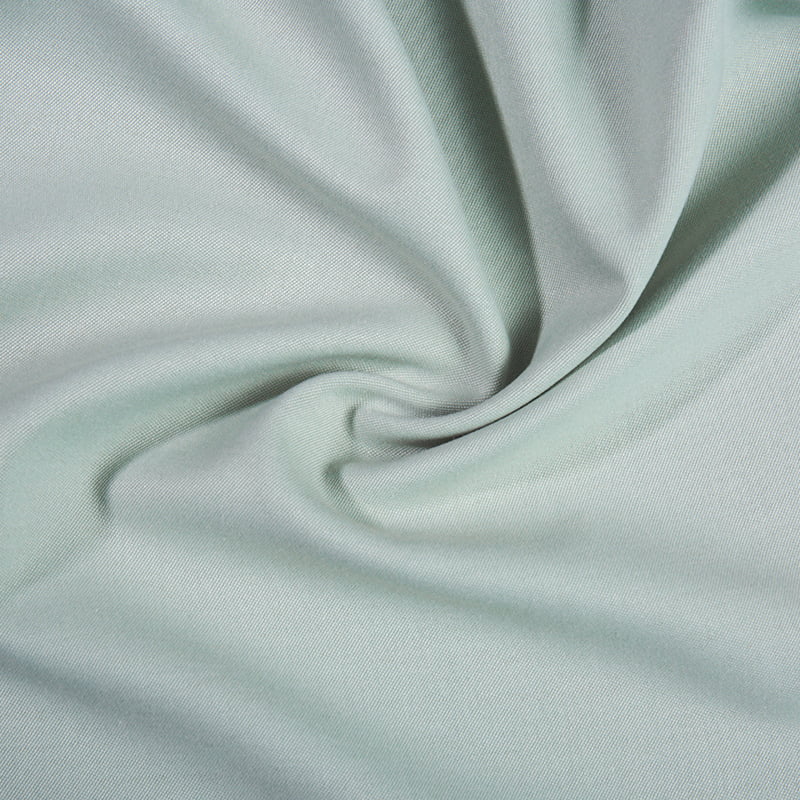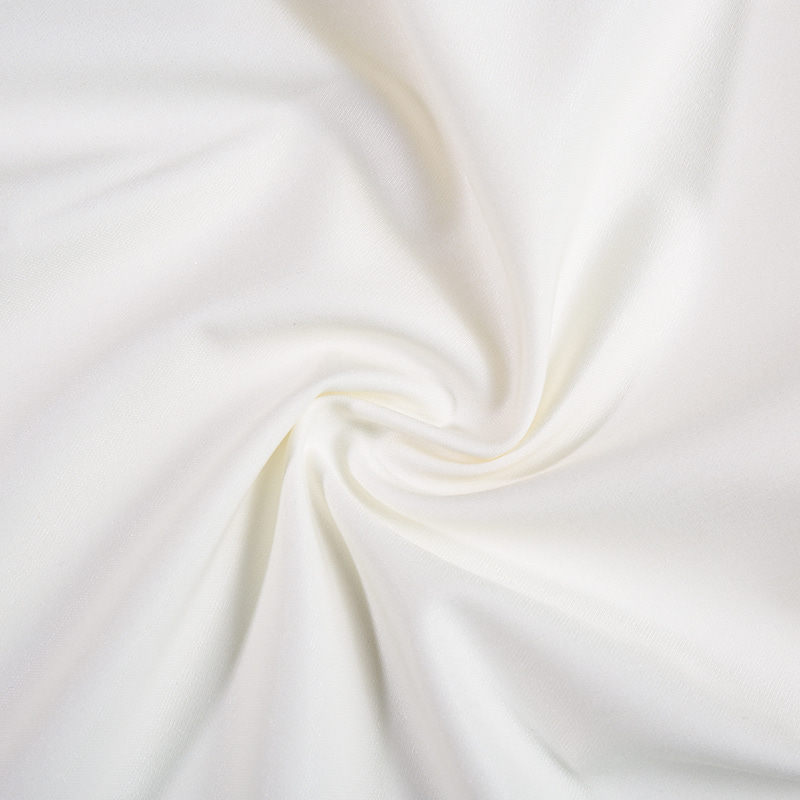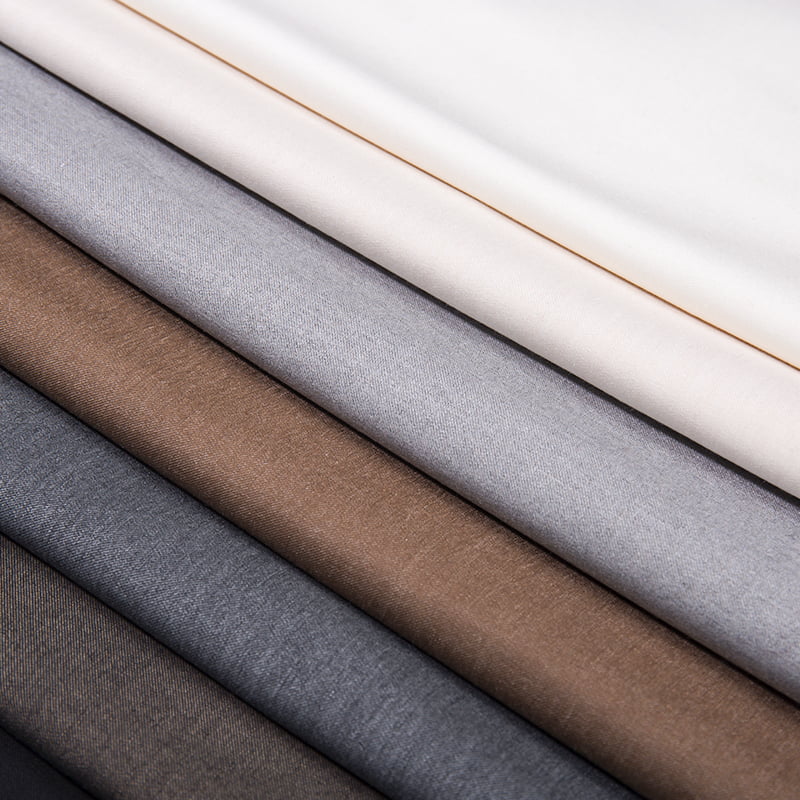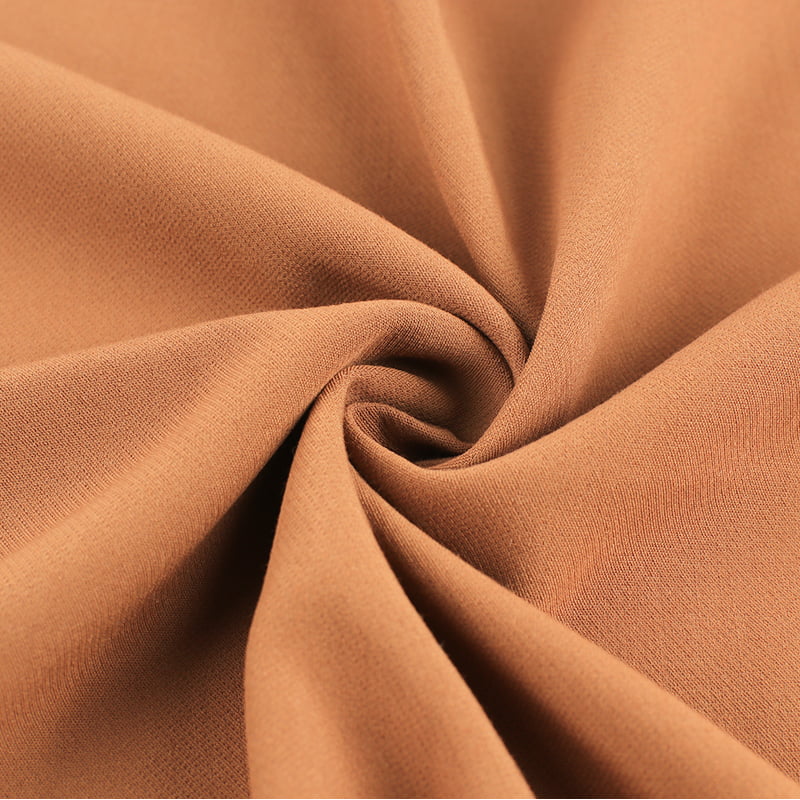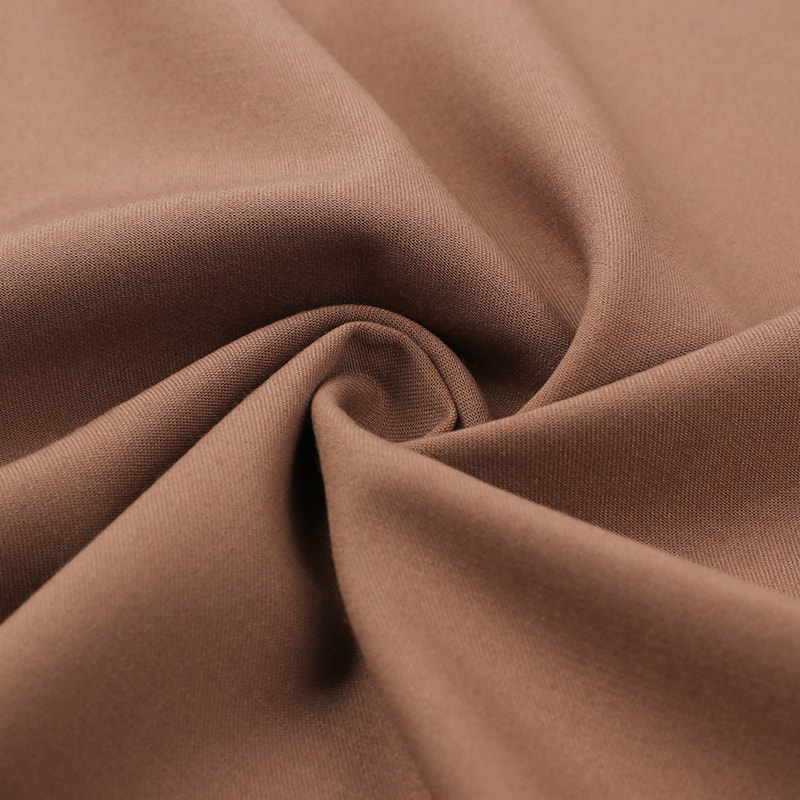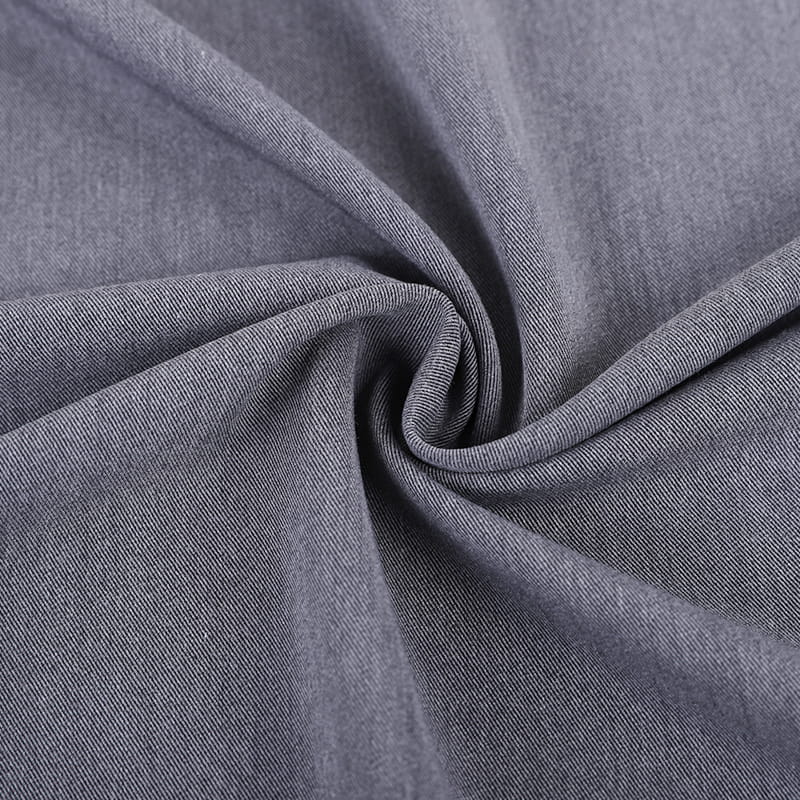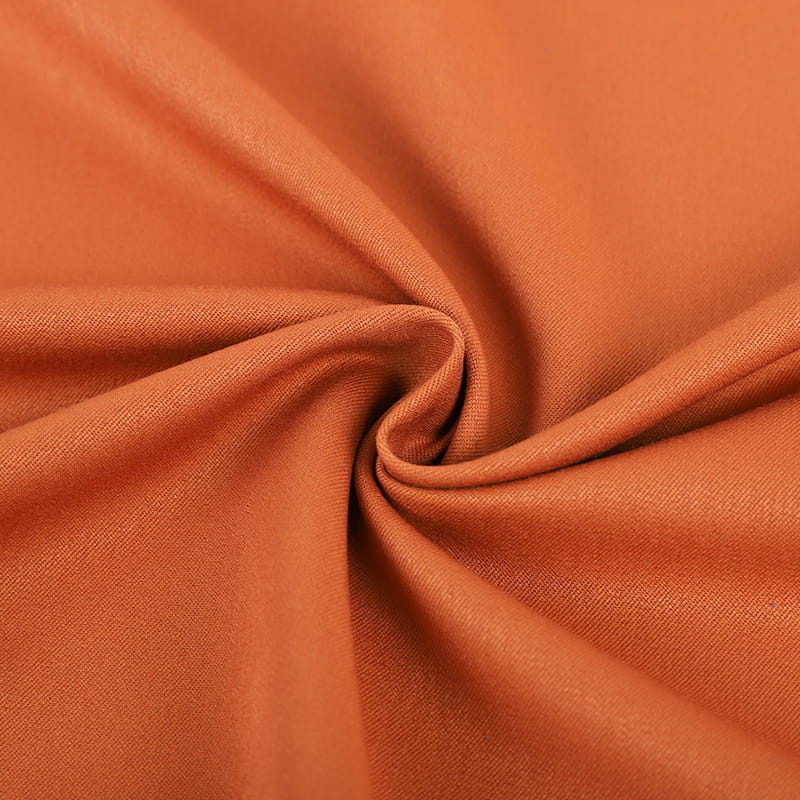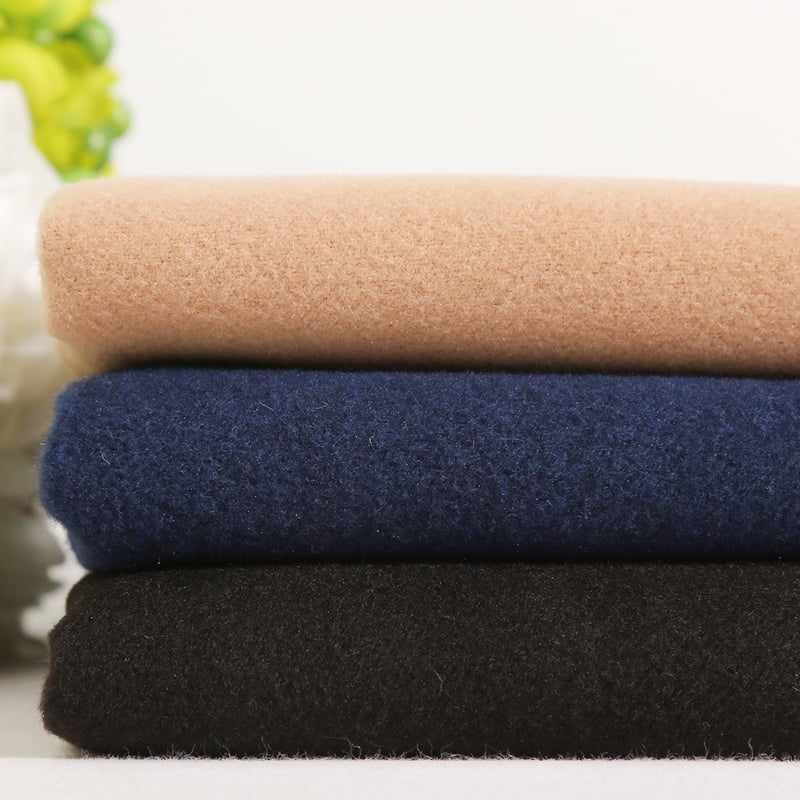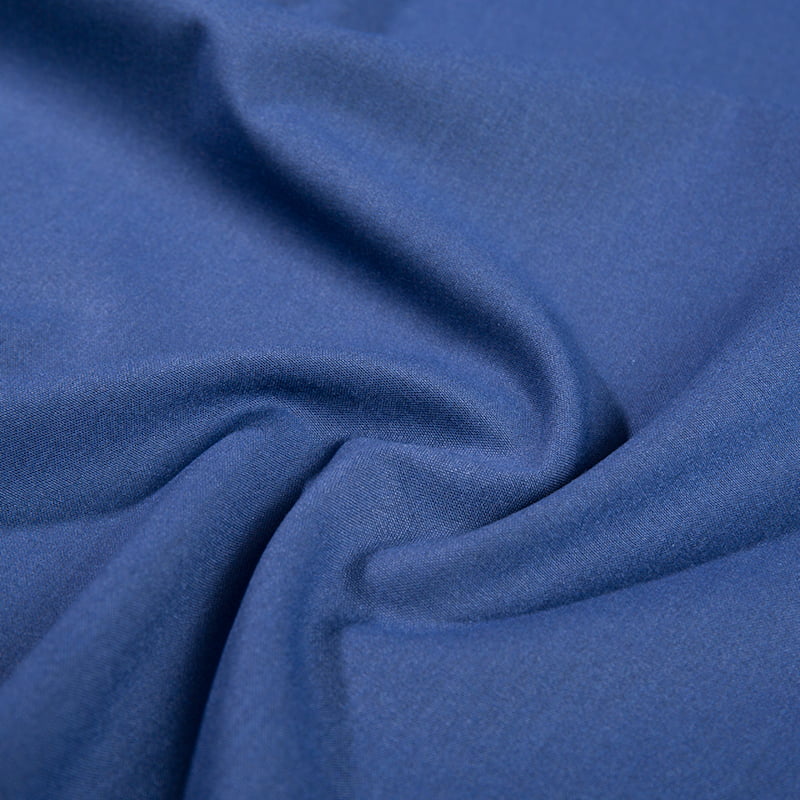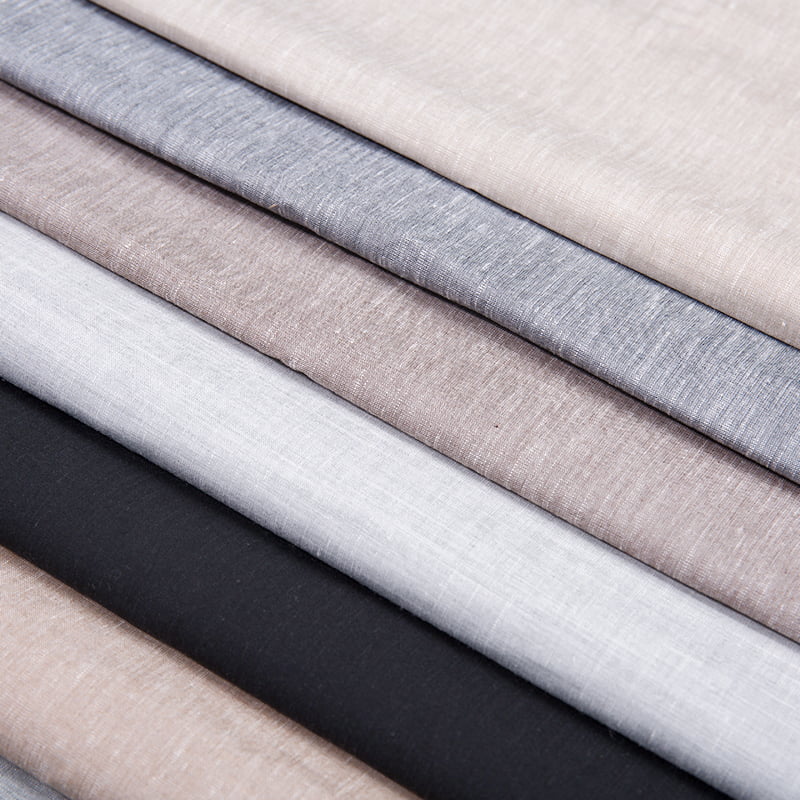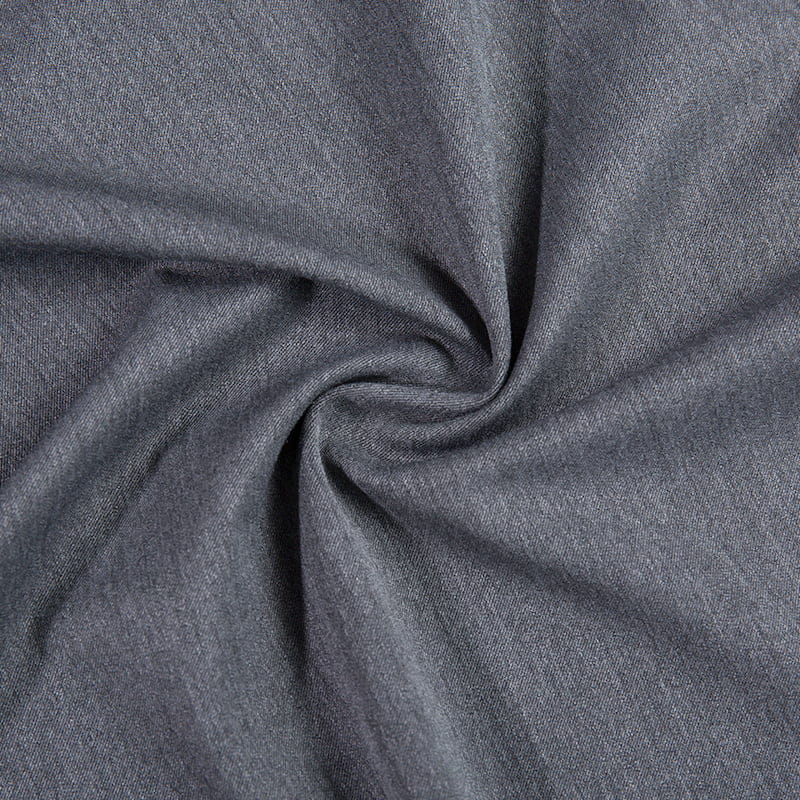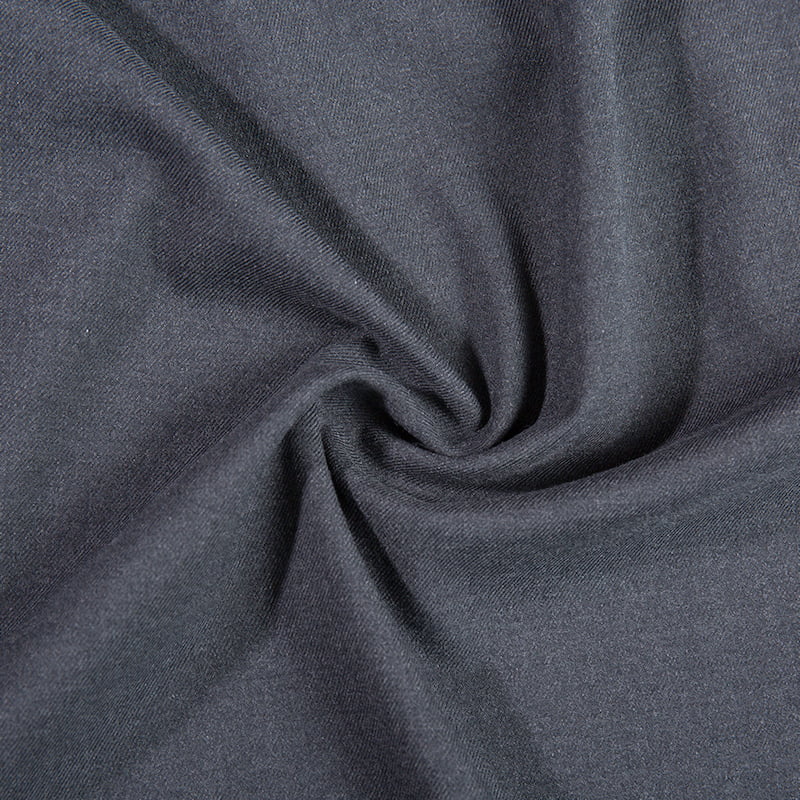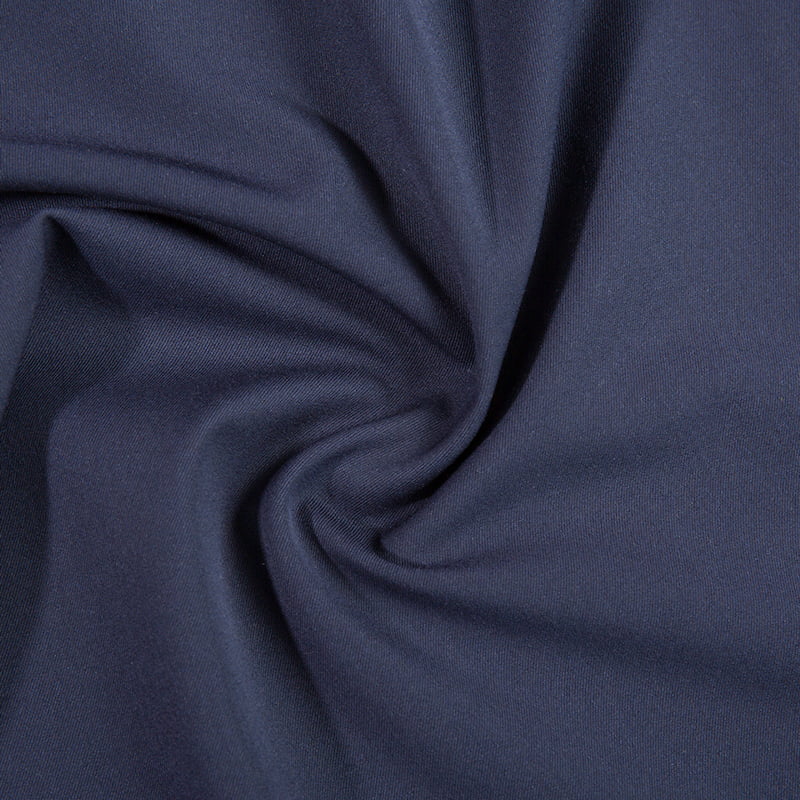In the textile industry, the adoption of blended fabrics like dyed polyester-rayon woven fabric with stretch has gained attention for its potential to combine aesthetics and functionality. This fabric, typically composed of polyester and rayon fibers interwoven with elastic components such as spandex, offers a balance of durability, comfort, and visual appeal. As manufacturers and designers evaluate material choices, a key question arises: does this hybrid fabric deliver tangible cost advantages? An analysis spanning production economics, performance characteristics, and lifecycle impacts reveals a nuanced picture, where savings may emerge under specific conditions but not universally.
Material Composition and Production Costs The core of this fabric involves blending polyester—a synthetic fiber known for low cost and resilience—with rayon, a semi-synthetic fiber derived from cellulose that provides a soft, silk-like texture. Adding stretch elements, often through elastic yarns, enhances flexibility and fit. From a cost perspective, raw materials play a critical role. Polyester is generally inexpensive due to petroleum-based production scales, while rayon costs more owing to resource-intensive processing. In a blend, the polyester component can offset rayon's higher expense, potentially lowering overall material costs compared to all-rayon fabrics. However, incorporating stretch fibers adds complexity; elastic additives like spandex increase input costs by 10-20% on average, depending on quality and sourcing. Manufacturing processes, such as dyeing and weaving, benefit from polyester's ease of handling—reducing energy and time expenditures—but the stretch feature may require specialized machinery, raising initial setup investments. For high-volume production runs, these efficiencies can dilute per-unit costs, making the fabric cost-effective for applications like apparel mass production.
Performance and Durability Impacts on Costs Beyond initial outlays, the fabric's performance attributes influence long-term economics. Polyester's inherent strength and resistance to wear contribute to longevity, reducing replacement frequency in items like uniforms or activewear. Rayon adds breathability and aesthetic value, which may minimize returns or customer dissatisfaction. Stretch functionality enhances comfort and fit, potentially lowering inventory waste from sizing issues. Yet, rayon is prone to shrinkage and moisture sensitivity, necessitating careful handling during washing and drying—factors that could increase maintenance costs for end-users. In contrast, all-polyester fabrics offer superior durability at a lower upfront cost but lack the blended fabric's softness and elasticity. When assessed holistically, the dyed poly-rayon-stretch blend may yield savings through extended product lifespans and reduced defect rates, especially in environments where comfort and appearance are prioritized, such as fashion retail or hospitality uniforms.
Comparative Context and Application-Specific Factors Cost advantages are not absolute but depend on use cases. For instance, in sportswear or casual apparel industries, the fabric's stretch properties can justify higher material costs by enabling versatile designs that reduce the need for multiple fabric types in a single garment. This consolidation simplifies supply chains and cuts logistical expenses. Alternatively, in cost-sensitive sectors like basic textiles or industrial applications, simpler polyester fabrics might prove more economical due to lower complexity. Market dynamics also play a role; as demand for sustainable and performance-driven textiles grows, the blend's appeal could drive economies of scale, further lowering prices. It is essential to note that dyeing processes, particularly for vibrant or custom colors, add costs but are often offset by the fabric's aesthetic versatility and reduced redyeing needs.


 English
English 中文简体
中文简体 日本語
日本語 한국어
한국어 Español
Español русский
русский
